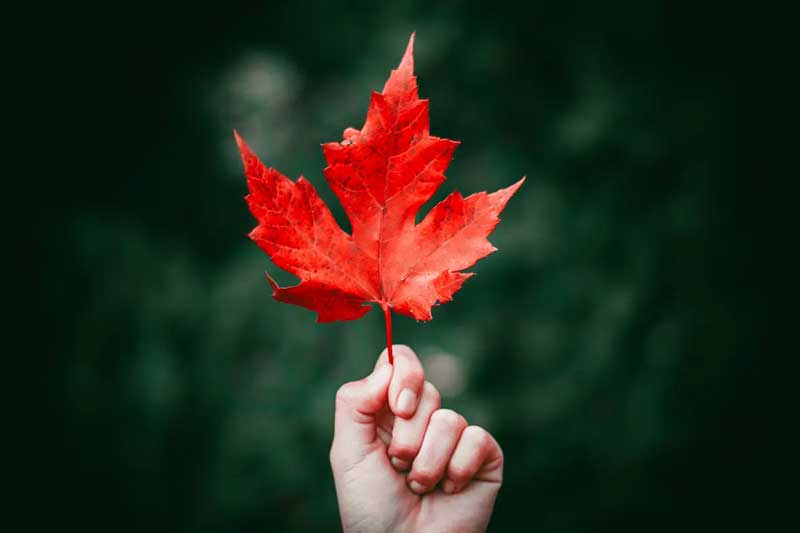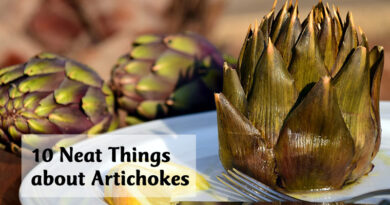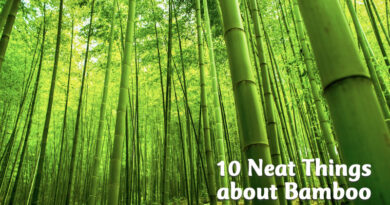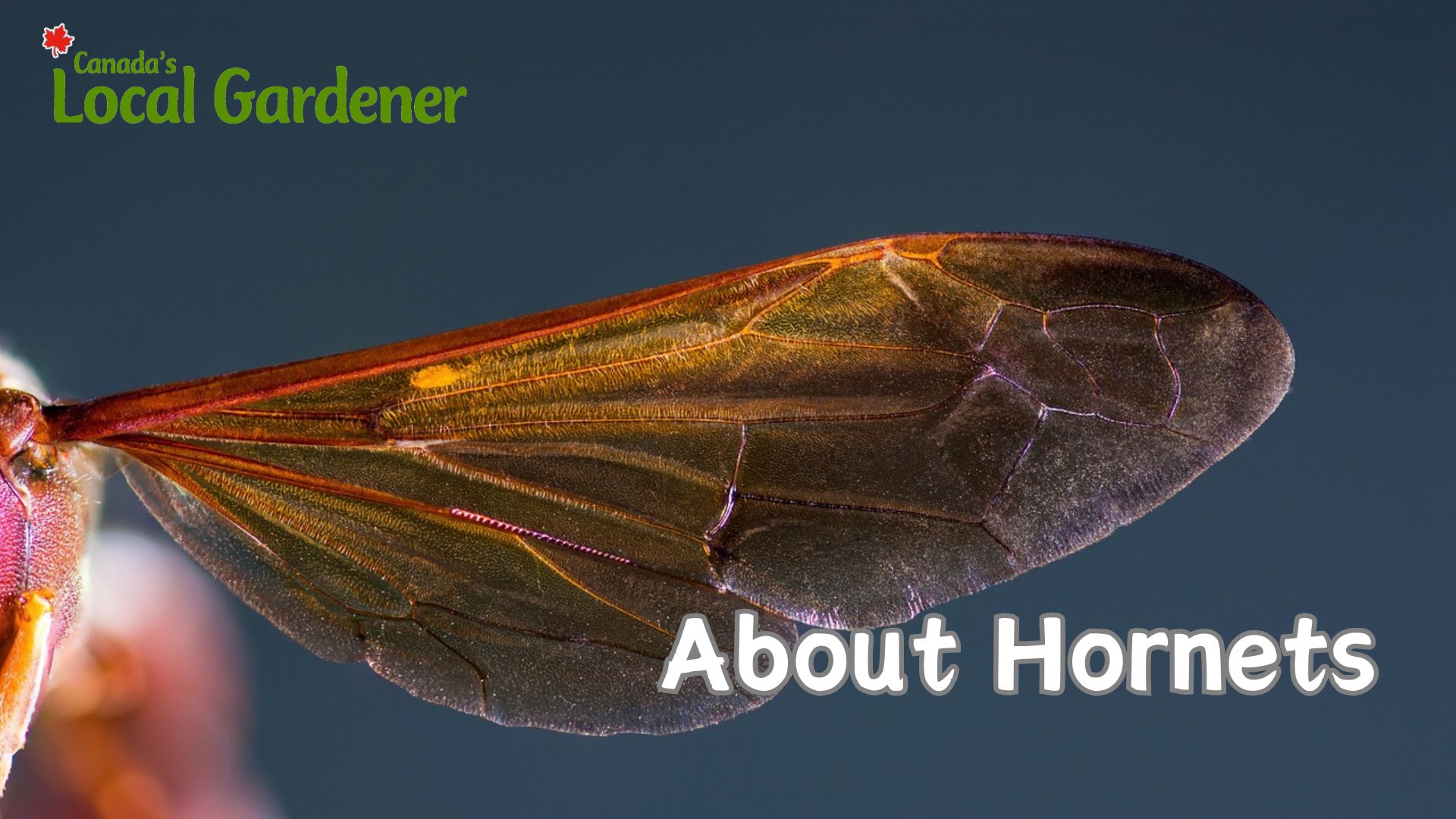I… am… Canadian! 10 neat things about plants with canadensisin the name
What do goldenrod, redbud, and wild rye have in common? They—and dozens of other species—proudly wear the name canadensis or canadense. It’s Latin for “of Canada,” and it shows up in the scientific names of plants that were first described here or are especially abundant in our landscapes. But not every “Canada” plant is truly Canadian… and some are downright sneaky.
1. Canada goldenrod (Solidago canadensis).
One of our most iconic wildflowers, this tall, late-summer bloomer feeds a wealth of pollinators. It has sometimes been unfairly blamed for allergies—those are more likely due to ragweed. Canada goldenrod spreads aggressively, so it’s not always welcome in small gardens.
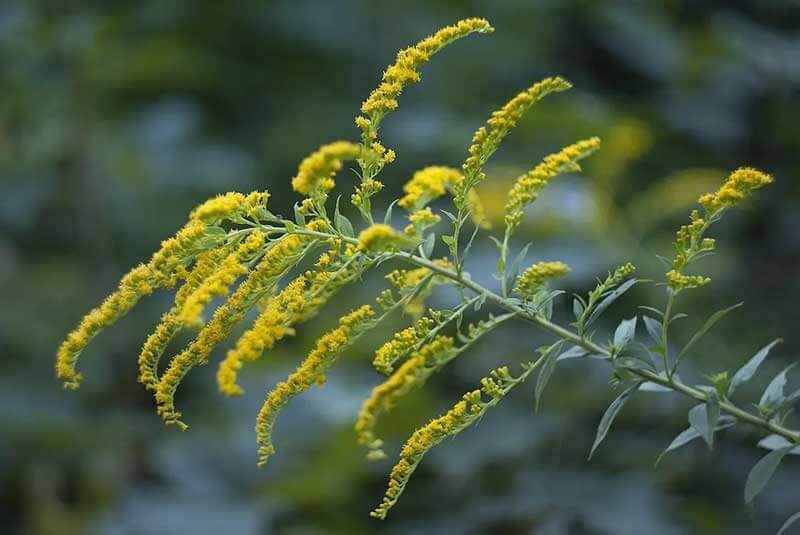
2. Canada wild rye (Elymus canadensis) waves in the wind.
This graceful native grass is used in prairie restoration and erosion control. Its long, arching seed heads and bluish-green foliage add texture to native gardens, and it’s a valuable habitat for birds and insects.

3. Eastern redbud (Cercis canadensis) is a spring showstopper.
With magenta-pink flowers that emerge directly from its stems and trunk, this tree is a showy native of eastern North America. While more common in the U.S., it’s hardy into parts of southern Ontario and is increasingly used in urban landscaping.
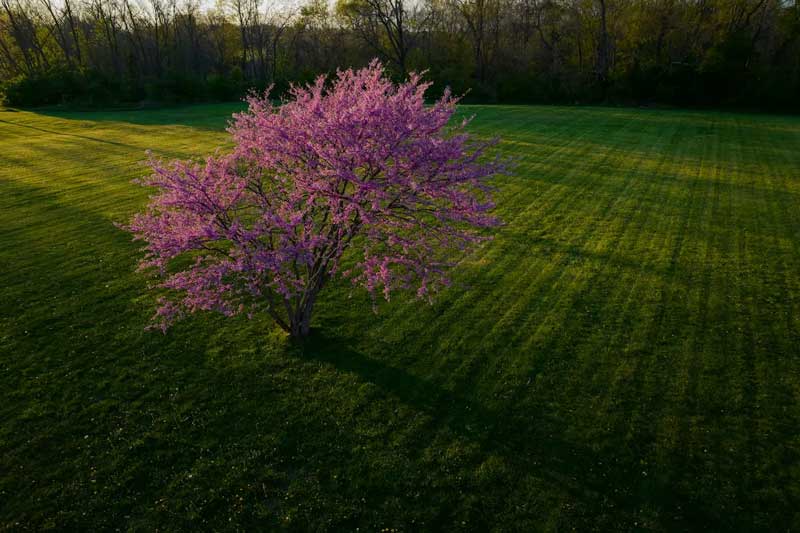
4. Canada lily (Lilium canadense) is our native beauty.
This native lily bears elegant, downward-facing orange or yellow blooms with speckled petals. Found in moist meadows and open woodlands, it’s a favourite of swallowtail butterflies. Sadly, it is also a favourite of the lily leaf beetle. Unlike many garden lilies, it prefers part shade and undisturbed soil.

5. Canada yew (Taxus canadensis) hugs the ground.
This low-growing conifer prefers the understory of forests. It produces bright red berry-like arils that are attractive to birds, but the plant is toxic to humans and livestock. Its close relatives, like Pacific yew, have been sources of cancer-fighting compounds.
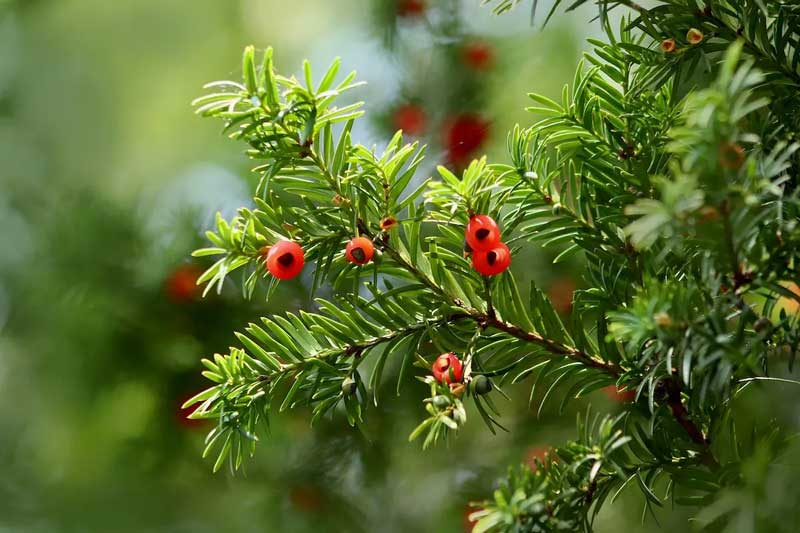
6. Canada mayflower (Maianthemum canadense) is a forest carpet.
Also known as wild lily-of-the-valley, this petite woodland plant spreads by rhizomes and produces tiny white flowers in spring. It’s common in boreal and mixed forests and is remarkably hardy, surviving well below -30°C.

7. Canada anemone (Anemone canadensis) spreads generously.
This white-flowered native is a pollinator-friendly groundcover that thrives in moist soil. It’s beautiful in naturalized settings but can overwhelm delicate neighbours in the garden. I planted some last year and it is already spreading. Wish me luck!
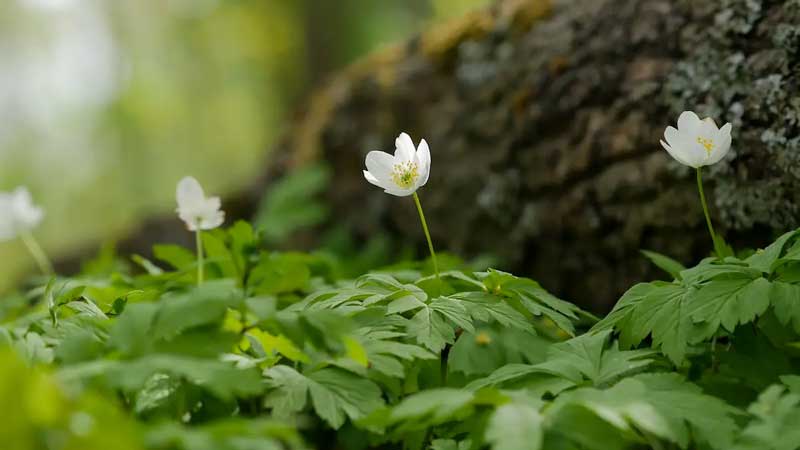
8. Canada violet (Viola canadensis) has two-tone charm.
Unlike the low-growing purple violets, this one grows upright with white petals and a yellow centre. The back of the petals is often tinged with purple, giving it a two-tone effect. It’s a woodland species that adds quiet elegance to shady gardens.

9. Barely Canadian.
A few plants with the epithet canadensis do grow in Canada—but just barely. Take Lactuca canadensis (Canada lettuce), Nuttallanthus canadensis (Canada snapdragon), and even Viola canadensis (Canada violet): they occur mainly in the United States and reach only into southern parts of Canada. Their names reflect where they were first described rather than where they’re most at home. It’s a good reminder that botanical Latin can be more historical than geographical.
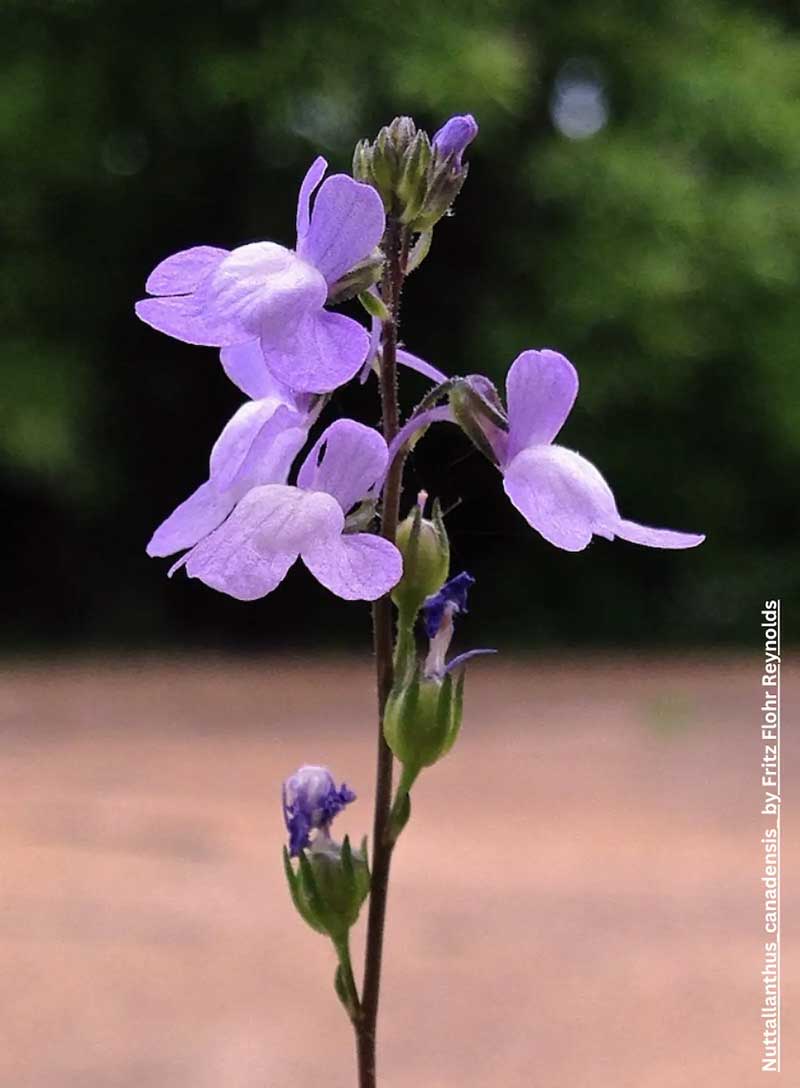
10. Canada thistle (Cirsium arvense) is not Canadian.
Despite its name, Cirsium arvense is native to Europe and Asia. It got saddled with “Canada” because early settlers encountered it here and considered it a nuisance—so much so that it became Canada thistle in common usage. It’s now classified as a noxious weed across much of North America. Canada bluegrass (Poa compressa) is another European posing as a Canadian.


